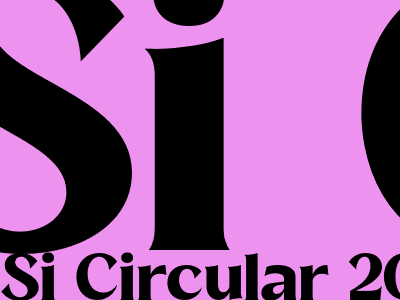
Blogging Best Practices: A Comprehensive Guide for Success
Understanding the Essence of a High-Quality Blog Post
Creating valuable content is the cornerstone of effective blogging. Your posts should provide readers with actionable insights, thought-provoking perspectives, or engaging narratives that resonate with their interests. Avoid superficial content and focus on offering genuine value that educates, entertains, or inspires your audience.
Crafting Compelling Headlines
Your headline is the first impression readers have of your content. Craft headlines that are attention-grabbing, informative, and concise. They should accurately reflect the topic of your post while sparking curiosity and encouraging readers to delve into your writing.
Consider using strong verbs, numbers, or specific details in your headlines to make them more compelling. For instance, instead of "Tips for Running a Successful Blog," you could write "10 Proven Strategies to Skyrocket Your Blog's Success."
Optimizing Your Blog Posts for Search Engines
To increase the visibility of your blog posts, you need to optimize them for search engines. This involves incorporating relevant keywords into your content, using header tags to structure your text, and building backlinks to your site.
Keyword Research and Usage
Start by identifying keywords that your target audience is searching for. Use keyword research tools like Google Keyword Planner or Ahrefs to find relevant keywords and incorporate them naturally into your content.
However, avoid overusing keywords as this can result in penalties from search engines. Aim for a keyword density of around 1-2% throughout your post.
Using Header Tags
Header tags (H1, H2, H3, etc.) help search engines understand the structure and hierarchy of your content. Use H1 for the main title of your post and subsequent header tags for subheadings and sections.
Header tags also make your content more scannable and visually appealing for readers.
Building Backlinks
Backlinks are links from other websites to your own. They are a crucial factor in determining your website's authority and ranking in search engine results pages (SERPs).
To build backlinks, reach out to other bloggers, collaborate with influencers, and participate in online forums and communities related to your niche.
Promoting Your Blog Posts
Once you've created and optimized your blog posts, it's time to promote them to reach a wider audience.
Social Media
Social media is a powerful tool for promoting your blog posts. Share your content on multiple platforms, such as Facebook, Twitter, LinkedIn, and Instagram.
Use relevant hashtags, create engaging captions, and interact with your followers to increase the visibility of your posts.
Email Marketing
Email marketing allows you to nurture relationships with your subscribers and promote your blog posts directly to their inboxes.
Build an email list by offering valuable content or incentives and segment your subscribers based on their interests to send targeted emails.
Collaborations and Guest Blogging
Collaborating with other bloggers and guest blogging on their websites can expose your content to a new audience.
Reach out to bloggers in your niche and propose collaborations, such as joint webinars, interviews, or cross-promotions.
Measuring and Analyzing Your Results
To track the success of your blogging efforts, you need to set up analytics tools like Google Analytics or Google Search Console.
Performance Metrics
Monitor various metrics, such as website traffic, bounce rate, and time spent on page, to understand how your blog posts are performing.
Identify areas for improvement and make data-driven decisions to optimize your content for better engagement and conversions.
Content Engagement
Track engagement metrics like comments, shares, and likes on social media to gauge how your content resonates with your audience.
Respond to comments, questions, and feedback to build relationships with your readers and foster a sense of community around your blog.
Conclusion
Creating a successful blog requires a combination of high-quality content, SEO optimization, promotion, and data analysis.
By following these best practices, you can establish your blog as a valuable resource for your target audience and achieve your blogging goals.
Remember to continuously learn, experiment, and adapt to the ever-changing blogging landscape to stay ahead of the curve.